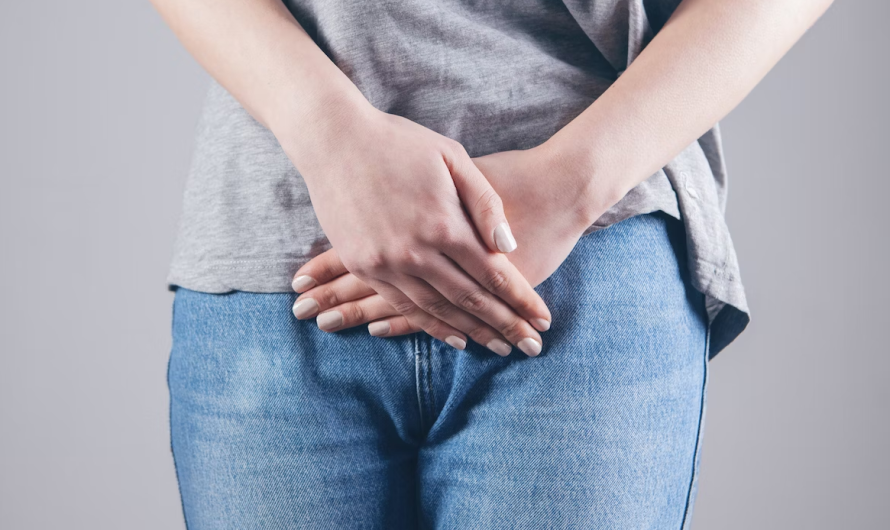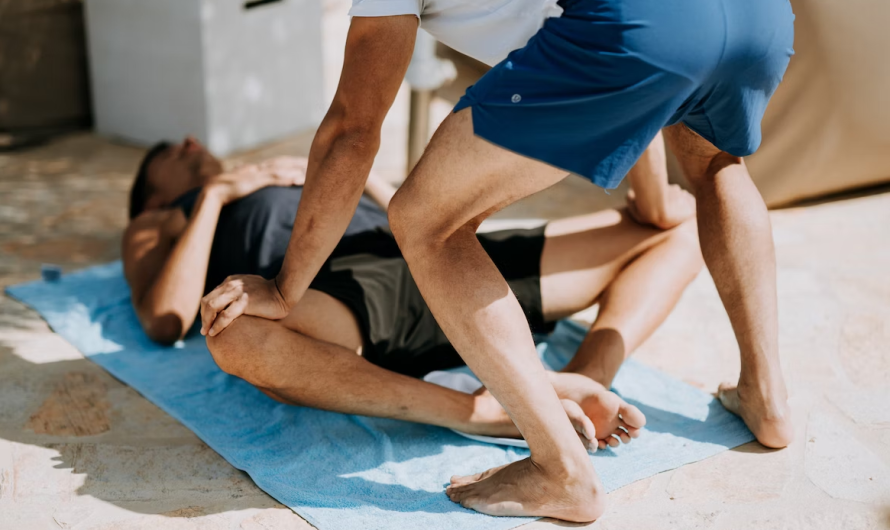Non-Surgical Treatment Options for Pelvic Floor Disorders
Pelvic floor disorders can significantly impact a person’s life. They not only cause pain and discomfort but can also have a serious impact on social life. However, it’s important to know that these conditions are treatable, and there are many ways to find relief and improve the quality of life with conventional methods. This article explores non-surgical treatment options for pelvic floor disorders.
Physical Therapy
Physical therapy is one of the most effective non-surgical treatments for pelvic floor disorders. A trained physical therapist can guide patients through exercises to strengthen and relax the pelvic floor muscles.


